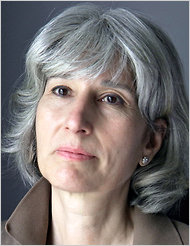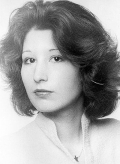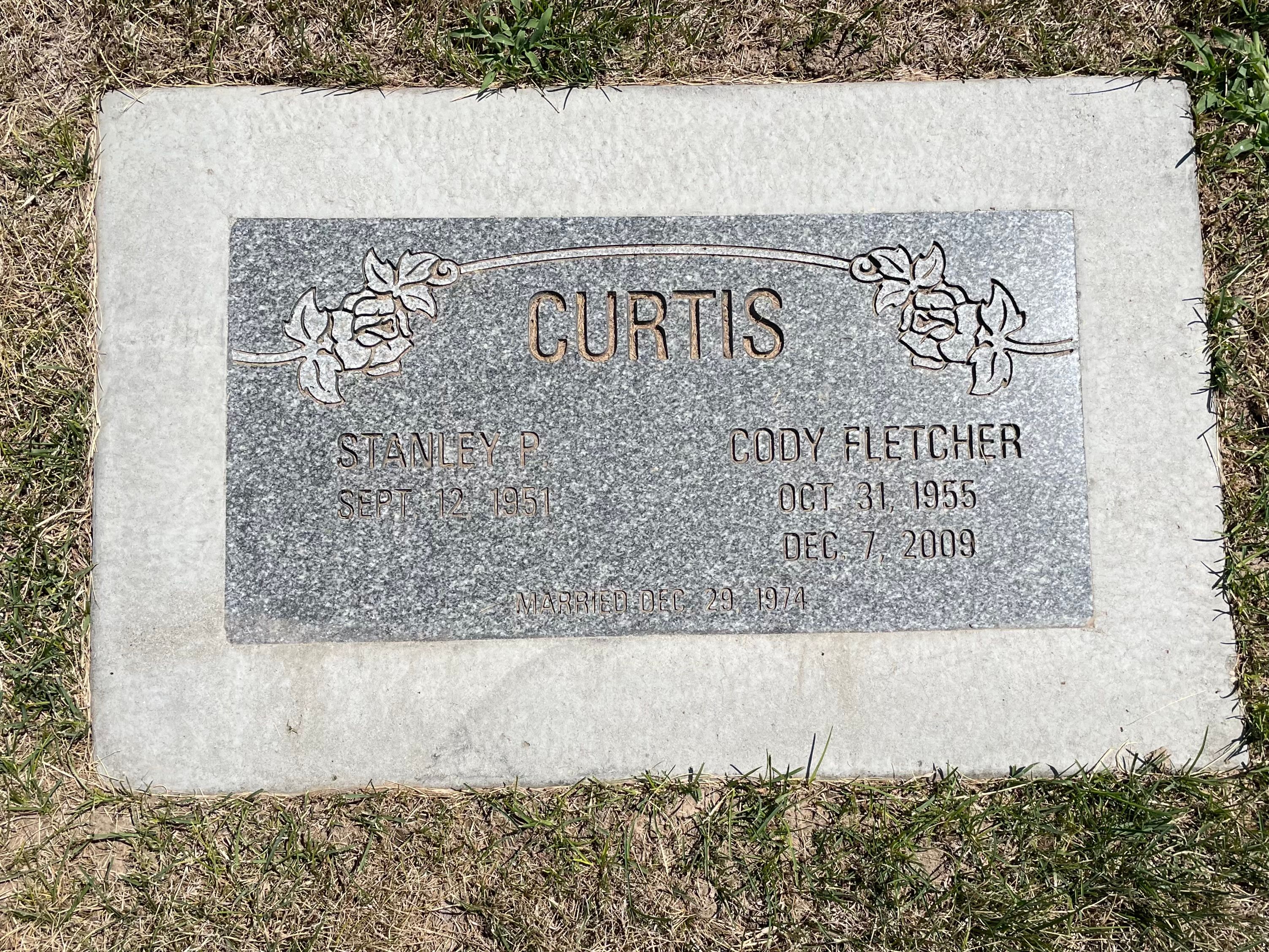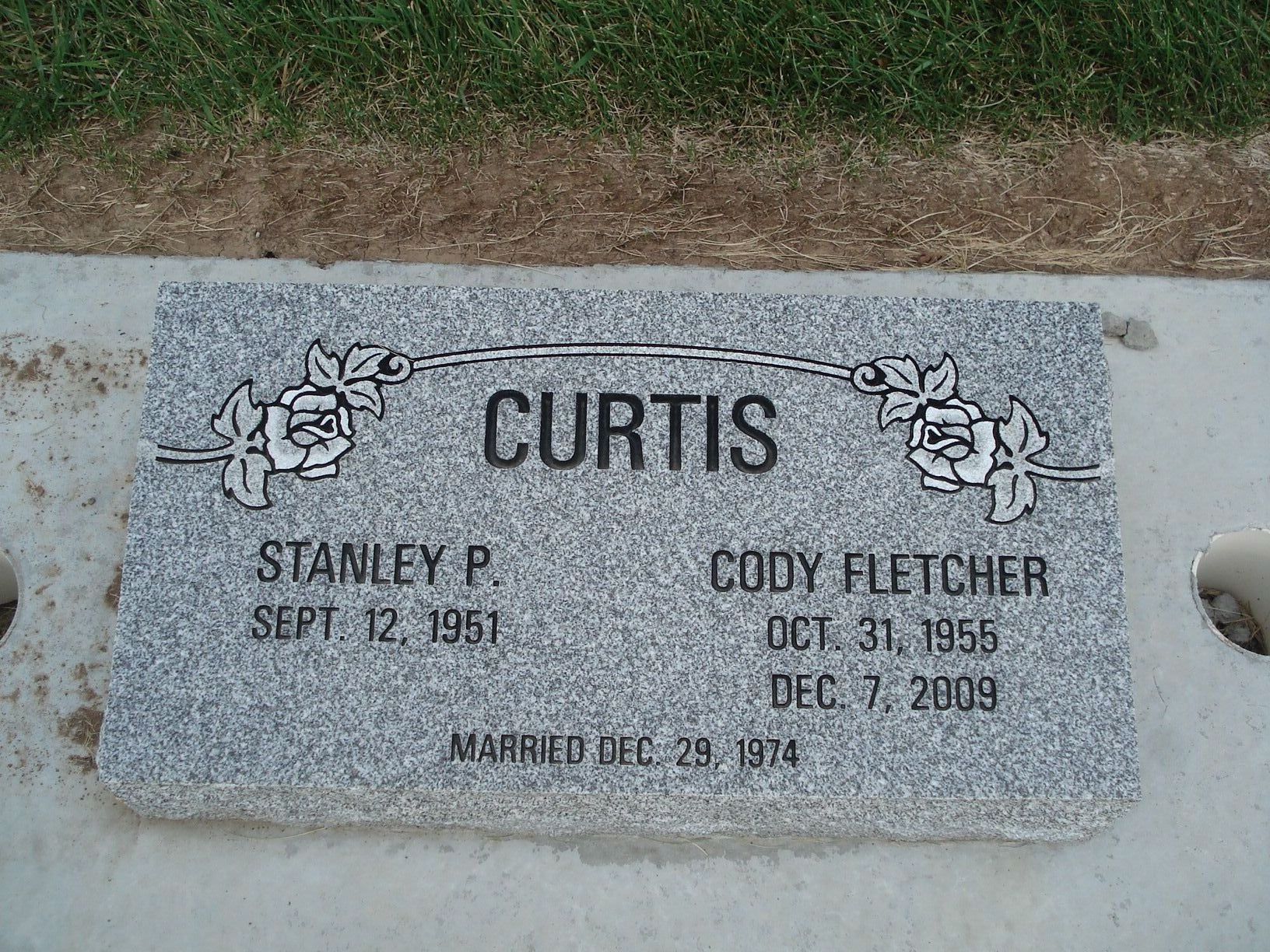The family suggests that donations in Cody's honor be made to the Salvation Army, Hoyt Arboretum, Planned Parenthood, Oregon Public Broadcasting or Compassion & Choices.∼Cody Fletcher Curtis lost her battle with cancer Dec. 7, 2009, with her family at her side. A longtime resident of Portland, she was raised in Idaho and attended the University of Idaho where she met her husband, Stan Curtis. Cody's career accomplishments start with graduation from the Harvard Business School and include management positions as the administrative officer for the Artificial Intelligence Laboratory at MIT in Cambridge and the Bio-Informatics Center at OHSU in Portland. She also served as the Chief Financial Officer of Gold Hill in Boston, and the Northwest Academy in Portland.
Her community interests included restoring historic homes and gardens while supporting public education as a board member of Do Jump! and curriculum coordinator for White Bird's cross-cultural partnership with Portland Public Schools.
She is survived by her husband, children Thomas and Jill, her parents Max and Ann, and her brother, Justin.
The family suggests that donations in Cody's honor be made to the Salvation Army, Hoyt Arboretum, Planned Parenthood, Oregon Public Broadcasting, or Compassion & Choices.
**********
In her own words:
My story
by Cody Curtis
I was diagnosed with cholangiocarcinoma in December of 2007, at age fifty-two. Cholangiocarcinoma is a cancer of the bile duct. Your bile duct runs through your liver. The liver, it turns out, is quite a complicated structure!
It's interesting how I was diagnosed -- for my birthday I had gotten four, count them, four boxes of chocolate. And I ate them all. Afterwards I felt (deservedly) awful. I looked up my symptoms on the Internet and decided I was having a gall bladder attack like my father had earlier that year. It was a Saturday night so I didn't want to go to the emergency room.
But I thought it was really weird, so a few weeks later I went in to see the doctor. She ordered an ultrasound. When I went back to her office to get the results, she looked at me and burst into tears. She said, "Your gall bladder's fine, but there's a big mass in your liver."
The good news was the location of the tumor made a resection of my liver possible. Your liver regenerates and within six weeks you have a new liver. I had the first surgery, which cut out about 60% of my liver. But there were complications and I ended up in the hospital for fifty days. I couldn't walk. I couldn't feed myself. My daughter lives in Washington D.C. She visited for a week and I didn't know she was there. And a year after the original surgery, the cancer came back, metastasized to the liver, lungs, and lymph nodes.
This is a pretty deadly disease -- the five-year survival rate for metastasized cancer is approximately zero. The three-year survival rate is about thirty percent. I didn't know it when I was first diagnosed, but the chances of the cancer coming back are about sixty percent. It was pretty awful in the hospital and recovery was tough. I'm so grateful to have Oregon's Death with Dignity option.
Under the law you make a face-to-face request to a prescribing doctor to get a lethal prescription (basically a massive dose of Seconol). Two weeks later you make a second request, which can be a verbal request. Another physician must attest that you are of sound mind and no one is coercing you and you do indeed have a condition that is irreversible. It's actually quite complicated to get the physical prescription. Some pharmacies will not accept the prescription. Our insurance didn't cover it and it's expensive. And in Oregon there's a volunteer to guide you through the process, which is wonderful. So now the drugs are in my bedside table.
The outcome is clear in my case. If you're willing to look at what's likely to happen, it's fairly awful. People with this kind of cancer die of massive organ failure and it's not pretty. And I already did that to my family last year, bouncing in and out of the hospital. My husband took six months of family leave from his job as a consultant. Our son was just back from the Peace Corps and was with me in the hospital every day. Our daughter flew home a number of times.
There are some experimental trials out there, and if I were younger and the children were younger I might be willing to close my eyes and hope, but there's no point in it now. I'm feeling pretty good and enjoying the sunshine. I have to pace myself, but I can still take care of myself. I can do the laundry. I can host book group and talk to my brother on the phone. Food tastes wonderful again. I can hold hands with Stan and the kids and tell them I love them.
But I'll know when life's not worth living any more. It's really nice to have a way out, to die in comfort and with dignity. I don't want to die bed-ridden and weighing seventy pounds. I want the children to remember me as I am now, in peace and not in pain.
My husband is totally supportive. We've been married thirty-five years this year, and my illness has let me slow down and appreciate how wonderful he is. He loves me but he'll help me with whatever I decide, on any timetable. My mother is the hardest part. She still thinks because I look healthy and strong, that I should be able to live another twenty years. It's funny, it's like mother and I are suddenly the same age. She's eighty-five, but you wouldn't guess it. She's slim and still beautiful and dresses spectacularly and travels to France. This has been very hard on her. I know she knows, but she doesn't accept that I'm sick.
Many people don't end up taking the prescription, but it's a comfort to know it's there. That's the other part of the law I didn't mention earlier -- I have to be able to swallow. The Seconol is mixed into four ounces of water, and you have to be strong enough to swallow it down yourself. It's illegal for anyone to help you -- no doctor or family member can help you. That's part of why the law passed -- there's no possible coercion. But you basically, like Socrates, drink that hemlock by yourself. I think it's too bad that it's not available to more people because no one should have to die in a hospital all tangled up with tubes and wires and needles and in the kind of fear I went through last year.
I'd just as soon not die. But we're all going to die. Nobody knows what's going to happen. Any of us could be hit by a bus tomorrow, but everyone hopes for something clean and painless, so this is as close as I'm going to come.
I am working with palliative care. I signed up, and then un-signed up for hospice because I don't think I'm sick enough for it yet. I don't think I want to get to that point, but palliative care certainly is an option. I think most people who do Death with Dignity also do palliative care and many have hospice as well. The Death with Dignity option doesn't mean that you have to suffer all the way until you decide to take the lethal drugs.
The hardest part about the Death with Dignity stuff is deciding when to take the drugs. It's a totally loaded subject because for people who are religious it's a mortal sin. I have friends who are religious and I don't want to offend them. But it's an important choice to have, instead of the model where we throw so much money at "treating" people who are dying. I'm extremely grateful to my doctors for leveling with me about the course of this disease, so my family and I have a choice about how and when to die.
~
Actual burial here
The family suggests that donations in Cody's honor be made to the Salvation Army, Hoyt Arboretum, Planned Parenthood, Oregon Public Broadcasting or Compassion & Choices.∼Cody Fletcher Curtis lost her battle with cancer Dec. 7, 2009, with her family at her side. A longtime resident of Portland, she was raised in Idaho and attended the University of Idaho where she met her husband, Stan Curtis. Cody's career accomplishments start with graduation from the Harvard Business School and include management positions as the administrative officer for the Artificial Intelligence Laboratory at MIT in Cambridge and the Bio-Informatics Center at OHSU in Portland. She also served as the Chief Financial Officer of Gold Hill in Boston, and the Northwest Academy in Portland.
Her community interests included restoring historic homes and gardens while supporting public education as a board member of Do Jump! and curriculum coordinator for White Bird's cross-cultural partnership with Portland Public Schools.
She is survived by her husband, children Thomas and Jill, her parents Max and Ann, and her brother, Justin.
The family suggests that donations in Cody's honor be made to the Salvation Army, Hoyt Arboretum, Planned Parenthood, Oregon Public Broadcasting, or Compassion & Choices.
**********
In her own words:
My story
by Cody Curtis
I was diagnosed with cholangiocarcinoma in December of 2007, at age fifty-two. Cholangiocarcinoma is a cancer of the bile duct. Your bile duct runs through your liver. The liver, it turns out, is quite a complicated structure!
It's interesting how I was diagnosed -- for my birthday I had gotten four, count them, four boxes of chocolate. And I ate them all. Afterwards I felt (deservedly) awful. I looked up my symptoms on the Internet and decided I was having a gall bladder attack like my father had earlier that year. It was a Saturday night so I didn't want to go to the emergency room.
But I thought it was really weird, so a few weeks later I went in to see the doctor. She ordered an ultrasound. When I went back to her office to get the results, she looked at me and burst into tears. She said, "Your gall bladder's fine, but there's a big mass in your liver."
The good news was the location of the tumor made a resection of my liver possible. Your liver regenerates and within six weeks you have a new liver. I had the first surgery, which cut out about 60% of my liver. But there were complications and I ended up in the hospital for fifty days. I couldn't walk. I couldn't feed myself. My daughter lives in Washington D.C. She visited for a week and I didn't know she was there. And a year after the original surgery, the cancer came back, metastasized to the liver, lungs, and lymph nodes.
This is a pretty deadly disease -- the five-year survival rate for metastasized cancer is approximately zero. The three-year survival rate is about thirty percent. I didn't know it when I was first diagnosed, but the chances of the cancer coming back are about sixty percent. It was pretty awful in the hospital and recovery was tough. I'm so grateful to have Oregon's Death with Dignity option.
Under the law you make a face-to-face request to a prescribing doctor to get a lethal prescription (basically a massive dose of Seconol). Two weeks later you make a second request, which can be a verbal request. Another physician must attest that you are of sound mind and no one is coercing you and you do indeed have a condition that is irreversible. It's actually quite complicated to get the physical prescription. Some pharmacies will not accept the prescription. Our insurance didn't cover it and it's expensive. And in Oregon there's a volunteer to guide you through the process, which is wonderful. So now the drugs are in my bedside table.
The outcome is clear in my case. If you're willing to look at what's likely to happen, it's fairly awful. People with this kind of cancer die of massive organ failure and it's not pretty. And I already did that to my family last year, bouncing in and out of the hospital. My husband took six months of family leave from his job as a consultant. Our son was just back from the Peace Corps and was with me in the hospital every day. Our daughter flew home a number of times.
There are some experimental trials out there, and if I were younger and the children were younger I might be willing to close my eyes and hope, but there's no point in it now. I'm feeling pretty good and enjoying the sunshine. I have to pace myself, but I can still take care of myself. I can do the laundry. I can host book group and talk to my brother on the phone. Food tastes wonderful again. I can hold hands with Stan and the kids and tell them I love them.
But I'll know when life's not worth living any more. It's really nice to have a way out, to die in comfort and with dignity. I don't want to die bed-ridden and weighing seventy pounds. I want the children to remember me as I am now, in peace and not in pain.
My husband is totally supportive. We've been married thirty-five years this year, and my illness has let me slow down and appreciate how wonderful he is. He loves me but he'll help me with whatever I decide, on any timetable. My mother is the hardest part. She still thinks because I look healthy and strong, that I should be able to live another twenty years. It's funny, it's like mother and I are suddenly the same age. She's eighty-five, but you wouldn't guess it. She's slim and still beautiful and dresses spectacularly and travels to France. This has been very hard on her. I know she knows, but she doesn't accept that I'm sick.
Many people don't end up taking the prescription, but it's a comfort to know it's there. That's the other part of the law I didn't mention earlier -- I have to be able to swallow. The Seconol is mixed into four ounces of water, and you have to be strong enough to swallow it down yourself. It's illegal for anyone to help you -- no doctor or family member can help you. That's part of why the law passed -- there's no possible coercion. But you basically, like Socrates, drink that hemlock by yourself. I think it's too bad that it's not available to more people because no one should have to die in a hospital all tangled up with tubes and wires and needles and in the kind of fear I went through last year.
I'd just as soon not die. But we're all going to die. Nobody knows what's going to happen. Any of us could be hit by a bus tomorrow, but everyone hopes for something clean and painless, so this is as close as I'm going to come.
I am working with palliative care. I signed up, and then un-signed up for hospice because I don't think I'm sick enough for it yet. I don't think I want to get to that point, but palliative care certainly is an option. I think most people who do Death with Dignity also do palliative care and many have hospice as well. The Death with Dignity option doesn't mean that you have to suffer all the way until you decide to take the lethal drugs.
The hardest part about the Death with Dignity stuff is deciding when to take the drugs. It's a totally loaded subject because for people who are religious it's a mortal sin. I have friends who are religious and I don't want to offend them. But it's an important choice to have, instead of the model where we throw so much money at "treating" people who are dying. I'm extremely grateful to my doctors for leveling with me about the course of this disease, so my family and I have a choice about how and when to die.
~
Actual burial here
Bio by: Not Forgotten
Inscription
Married December 29, 1974






